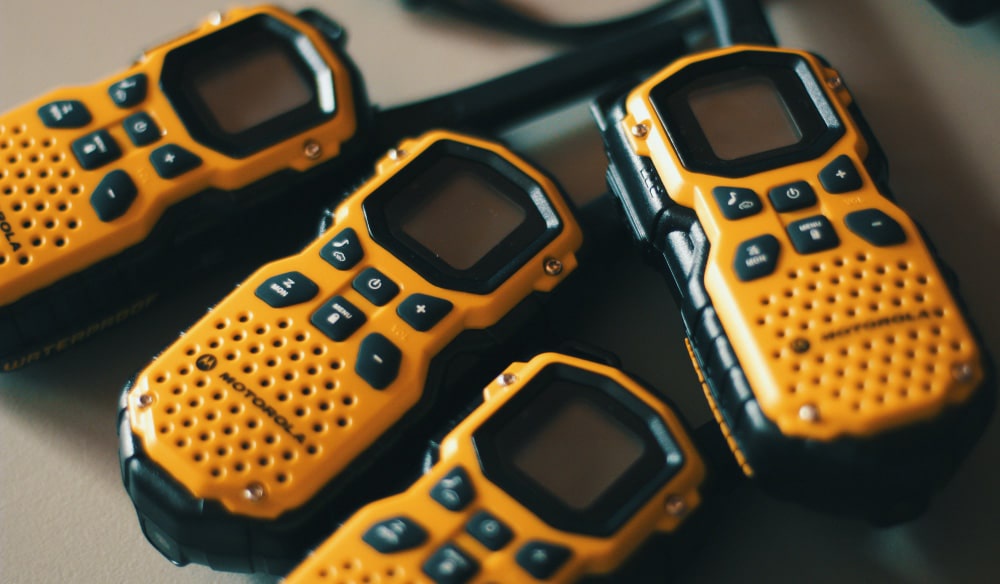Communication has come a long way since the invention of the walkie talkie. These handheld, portable radios have been instrumental in various fields, from military operations to emergency services and everyday activities. One fascinating aspect of walkie talkie usage is the unique lingo or jargon that enthusiasts and professionals use to communicate efficiently. In this article, we will unveil the secrets behind walkie talkie lingo, exploring the language that keeps communication clear, concise, and sometimes even cryptic.
1. Ten Codes: Cracking the Code
Ten codes are a standardized system of abbreviations used in radio communication. These codes, often starting with the number ten, are designed to convey messages quickly and clearly. For instance, "10-4" means "affirmative" or "message received," while "10-20" indicates location. Understanding these codes is crucial for effective communication, especially in situations where brevity is paramount.
2. Phonetic Alphabet: Alpha, Bravo, Charlie...
To avoid confusion, the phonetic alphabet is employed when spelling out words or names. Instead of using common words that may sound similar (e.g., "B" and "D"), each letter is represented by a unique word. For example, "Alpha" for A, "Bravo" for B, and so forth. This practice is invaluable in noisy or chaotic environments where clarity is essential.
3. Roger That and Over and Out: The Art of Signaling
Common phrases like "Roger that" and "Over and out" have become synonymous with walkie talkie communication. "Roger that" means the message has been received and understood, while "Over" indicates the speaker is done talking and awaits a response. "Out" signifies the conversation is concluded. These phrases help streamline conversations and prevent misunderstandings.
4. Q Codes: Quick Queries and Answers
Q codes are a set of three-letter codes that originated in the maritime and aviation industries but have found their way into walkie talkie communication. These codes cover a variety of topics, from requesting weather information (QST) to asking if a frequency is in use (QRL). Q codes add another layer of efficiency to communication, enabling quick queries and responses.
5. Plain Language: Stripping Away the Jargon
While the above elements contribute to the unique world of walkie talkie lingo, plain language remains a fundamental aspect. In some situations, especially in emergencies or when communicating with non-professionals, using simple and clear language is crucial. Stripping away the jargon ensures that messages are easily understood by all parties involved.
6. Code Words and Nicknames: The Secret Language
In certain contexts, code words and nicknames add an extra layer of secrecy or camaraderie. These can be specific terms known only to a particular group or industry, fostering a sense of belonging and identity among users. While not as standardized as ten codes or phonetic alphabets, code words and nicknames play a role in specialized communication.
Conclusion: Breaking the Silence
The world of walkie talkie communication is rich with a language of its own, designed for efficiency, clarity, and sometimes a touch of secrecy. Whether you're a professional relying on these devices in your daily work or an enthusiast exploring the hobby, understanding the lingo is key to effective communication. From ten codes to phonetic alphabets, the walkie talkie language reveals a fascinating aspect of human ingenuity in simplifying and enhancing communication. So, the next time you grab a walkie talkie, remember: it's not just about pressing the button; it's about speaking the language. Over and out.


No comments yet